
Keeping dirty fingerprints off precious soil samples
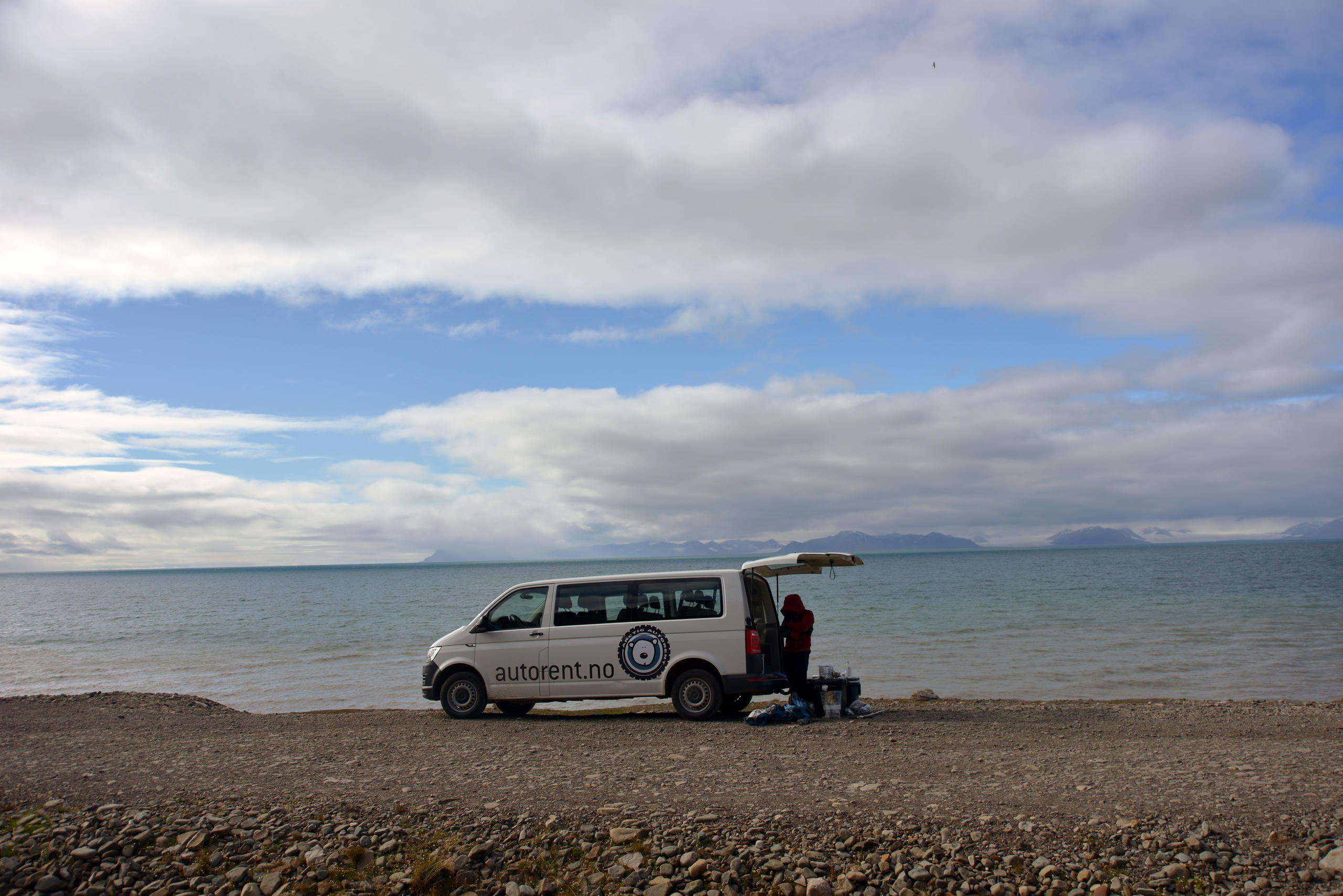
Being a microbiologist in the field is a true dive into the unknown, the invisible and the complex. One thing, though, is always the same: to study the invisible but vital creatures of the soil, we have to avoid contaminating the samples at all cost.
To do this, first we need to separate the tundra soil microbes from all the other microbes that might occur on the equipment or other parts of the environment: reindeer droppings, microbes in the previously sampled soil – or microbes crawling on us scientists. Humans are densely covered in a variety of micro-organisms. Did you know that microbes from the dental plaque of 17th-century Dutch microbiologist Antonie van Leeuwenhoek were among the first to be discovered and studied under a microscope?

To study just the microbes that are native to the soil on Svalbard, we always had to minimise the risk of contamination from the outside. This involved putting up a physical barrier, namely rubber gloves that we wore when handling the equipment and the soil. Unlike our fingertips, the gloves are not covered in countless microbes. As a bonus, our hands were much less smeared with mud at the end of a day out in the field!
2MB field notes from Svalbard

2MB – that was the daily amount of data our bloggers from the Antarctic were originally allowed to send us via satellite about their research on microplastics. Data transmission is also limited for our current set of bloggers Lena Bakker, Sigrid Trier Kjaer and Jana Rüthers (left to right), three PhD students at the ETH Zurich who are investigating Arctic greening on the Norwegian archipelago of Svalbard. Arctic greening is a process initiated by global warming and driven locally by soil chemistry, thickness and age.
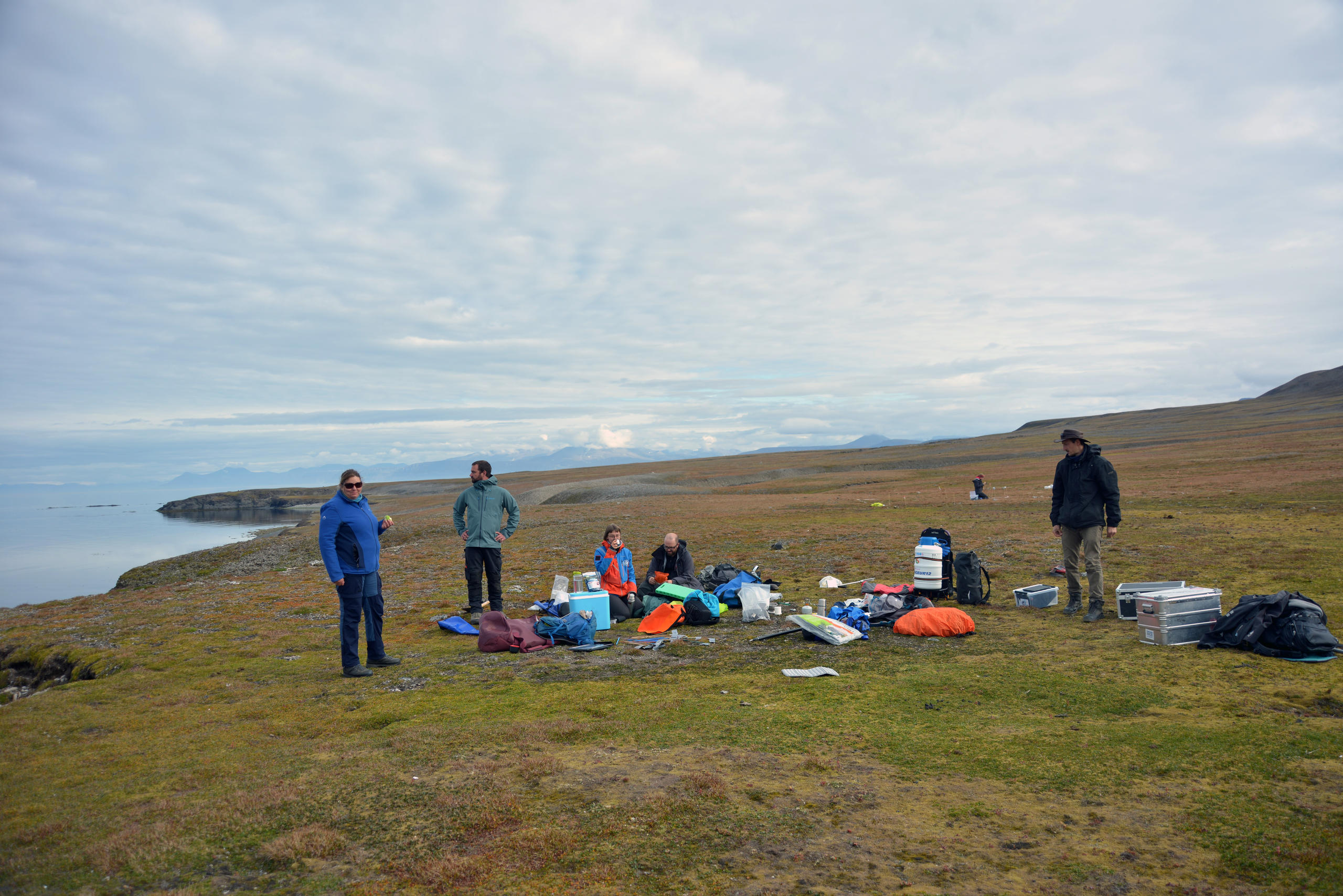
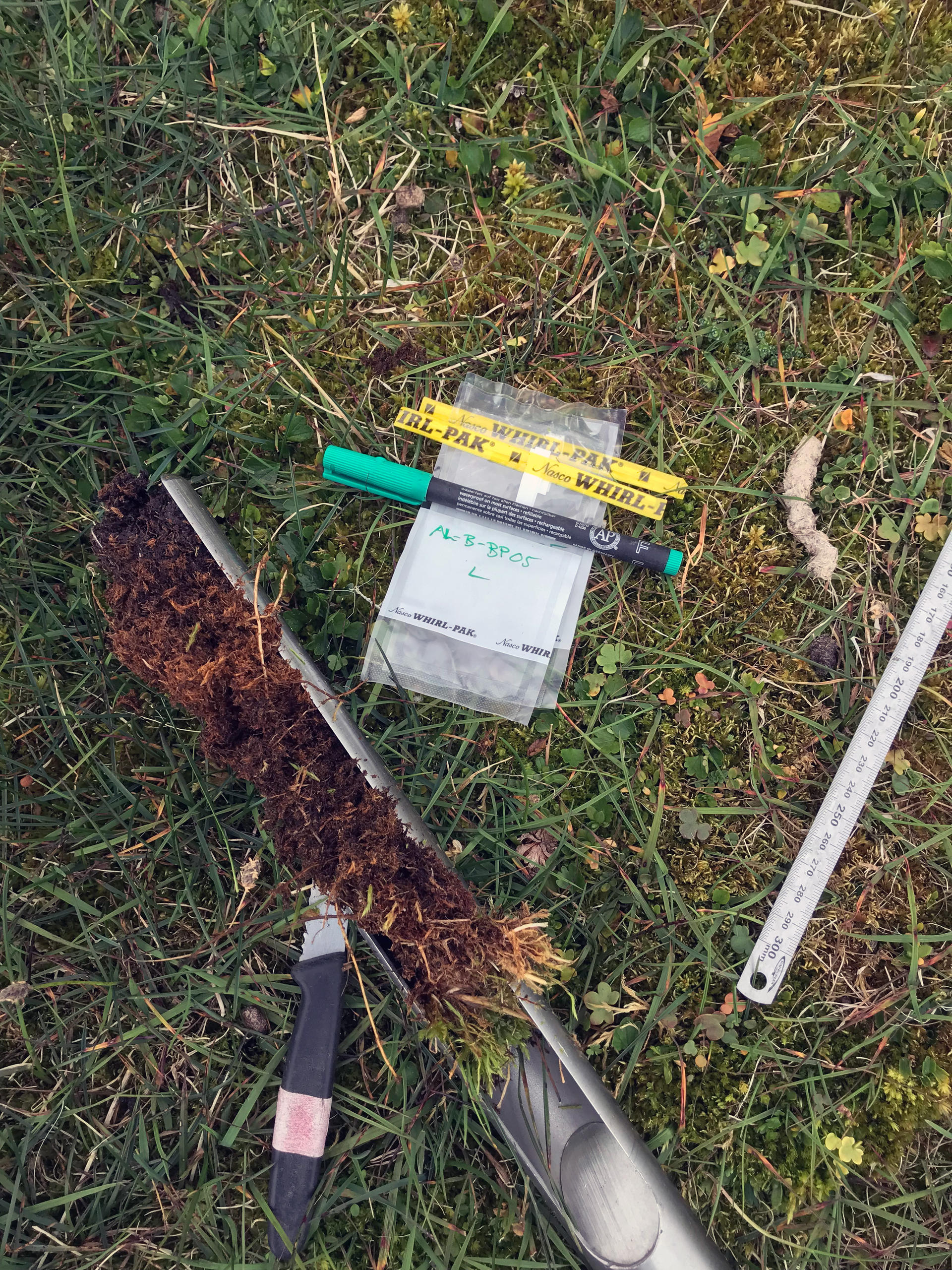
We also used several litres of ethanol and many rolls of paper towels to thoroughly clean the equipment between different sampling locations and on each plot. This was very different from the usual approach that soil scientists take of simply wiping off equipment between plots. Some of our colleagues watched with pity as we desperately tried to keep the equipment clean in the muddiest and rainiest conditions imaginable.
For the finer tools, such as the spatulas we used to fill our vials, we burned off any remaining impurities using a gas camping stove. We tried to protect the stove from the strong and persistent winds on Svalbard by using an aluminium shell that we had bent by hand. In the end, though, we could also rely on small depressions, a larger stone or even the bus or boat, which provided sturdier and less delicate windbreaks.

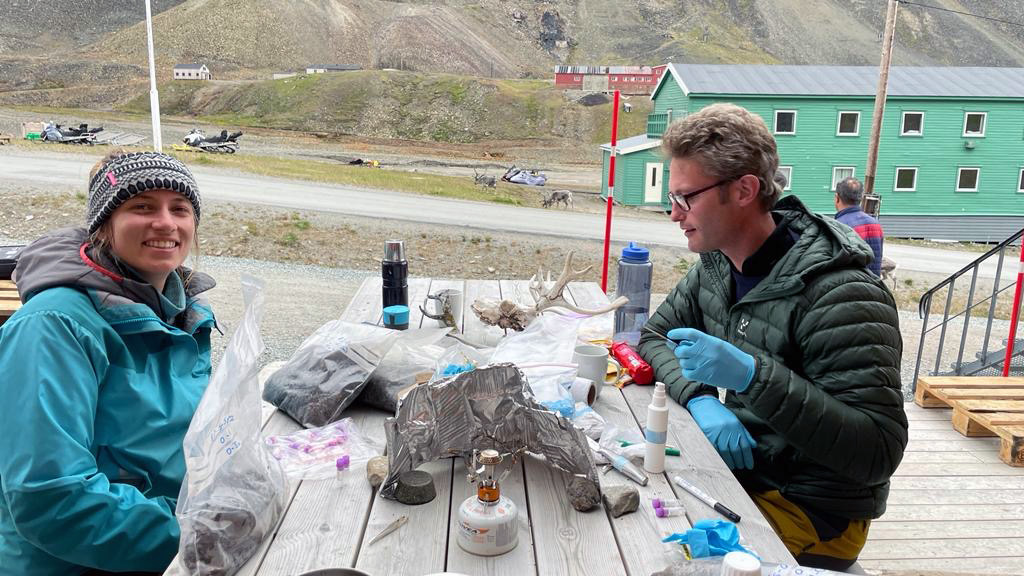

Then there’s the challenge of preserving collected samples. Microbes form communities and these are especially complex and can quickly change in the soil. This means that once the soil has been sampled, it will continue to change depending on the conditions under which it is kept. This is a problem because of the long time-lag between collecting samples and the analysis of its community members in the lab.
As with your favourite cake, the easiest way to preserve soil samples is to cool and then freeze them. In a remote place like Svalbard, this is easier said than done. It’s cold in the tundra, but there are no freezers or plugs to power up freezers brought in by scientists. We solved these problems by immersing the samples in liquid nitrogen (-195.8° C) in a dry shipper, which could be carried around safely (they are even safe to fly with). This process would last for approximately ten days in the field.

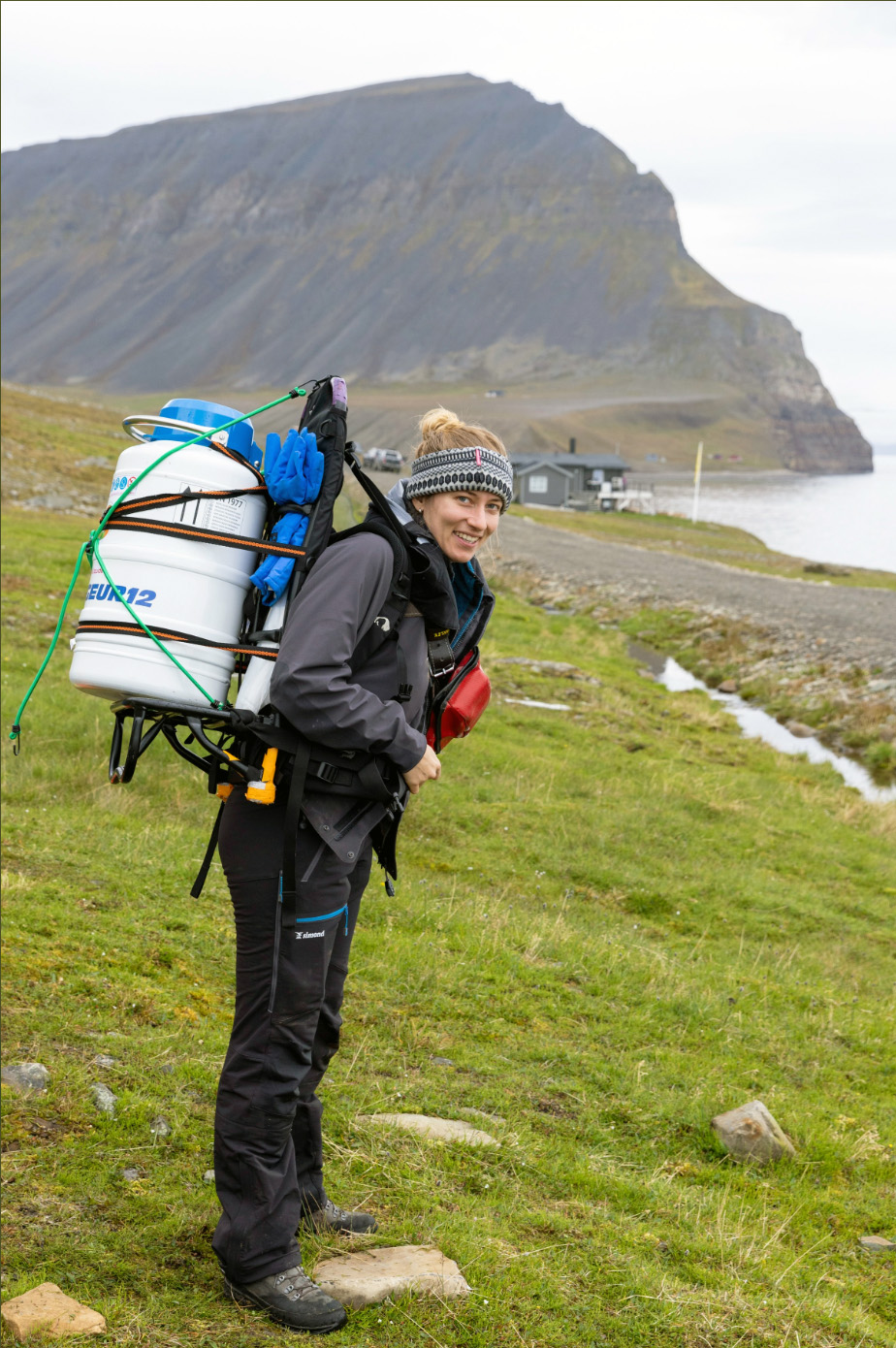
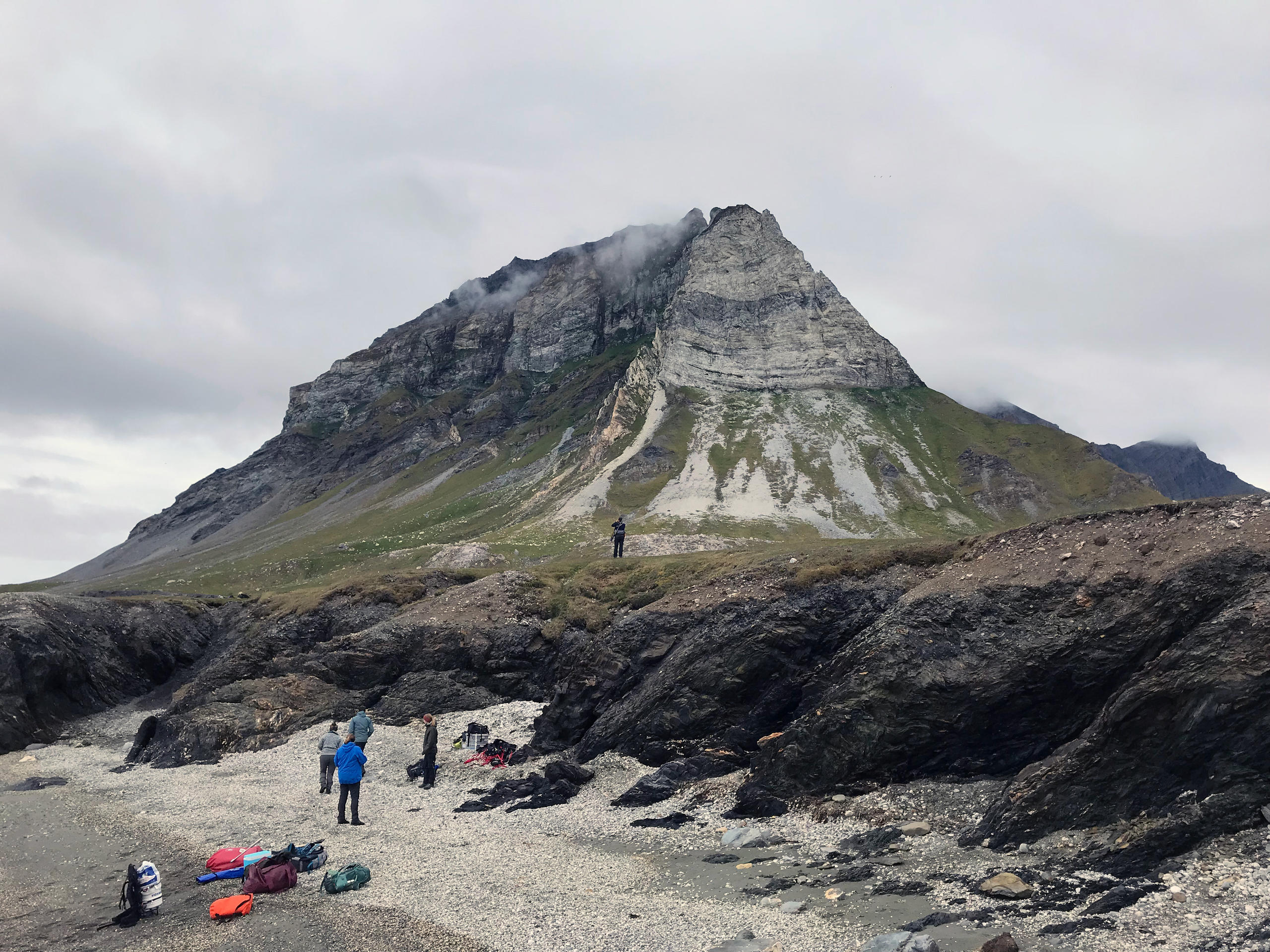
But since we spent five weeks in Svalbard, we needed to have a larger tank of liquid nitrogen to replenish the smaller dry shipper. As you can imagine, the tundra is not exactly littered with these either, so we had to order a liquid nitrogen tank from the Norwegian mainland by boat – the smallest one available was a 200-litre model that was almost as tall as a microbiologist but weighed nearly ten times more. Not only did it arrive two weeks late due to a high demand for ship transport during an ongoing airline strike, but it was also leaking.
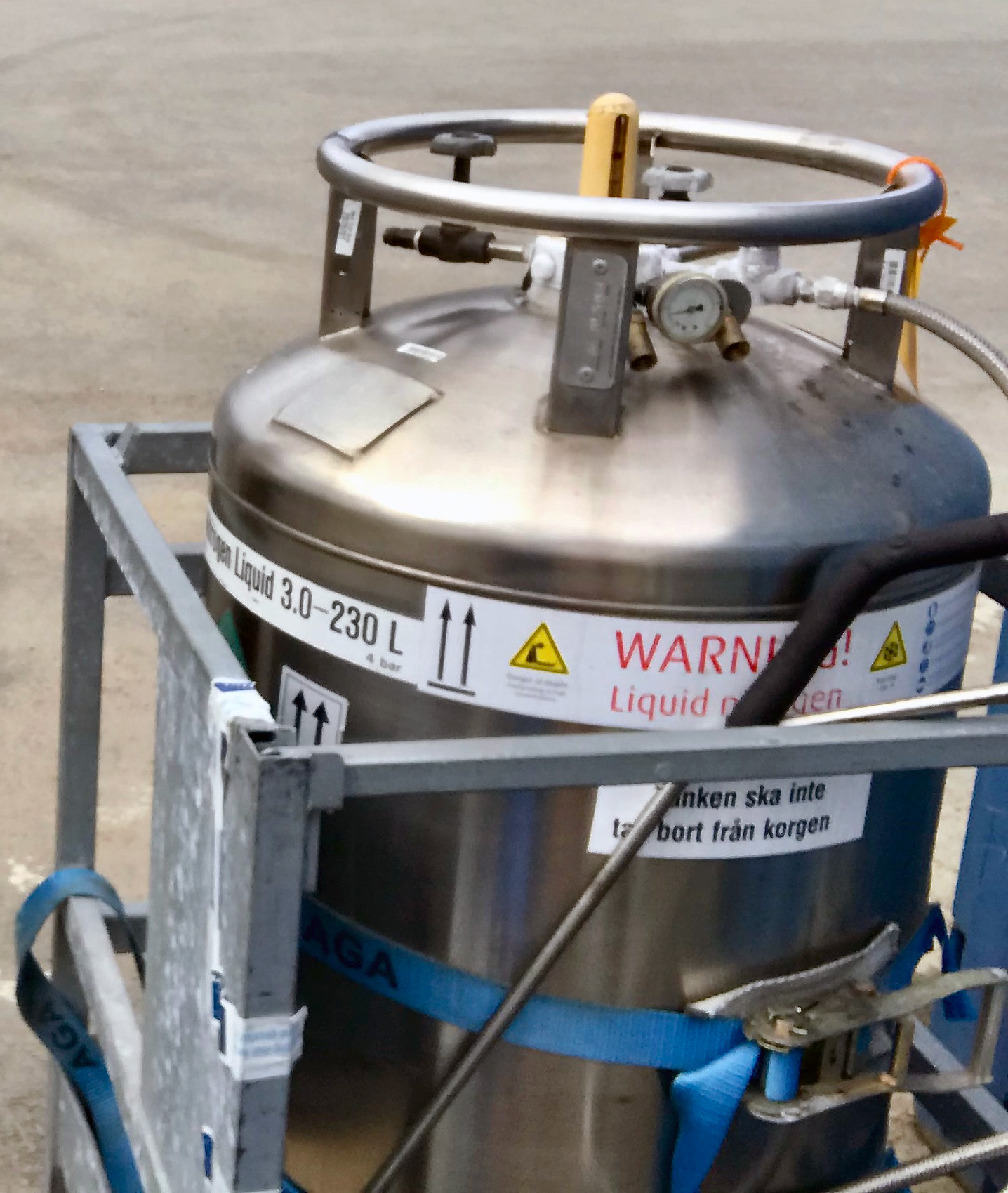
By the time we were preparing to fly the sensitive microbial samples back to Switzerland, the tank was empty. Luckily, we had a -80°C freezer that we could borrow from the local university (UNIS), so we were able to safely store the samples for a while. That freezer is usually used to preserve the hides of polar foxes for analysis of the Svalbard population, but luckily it was empty at the time.
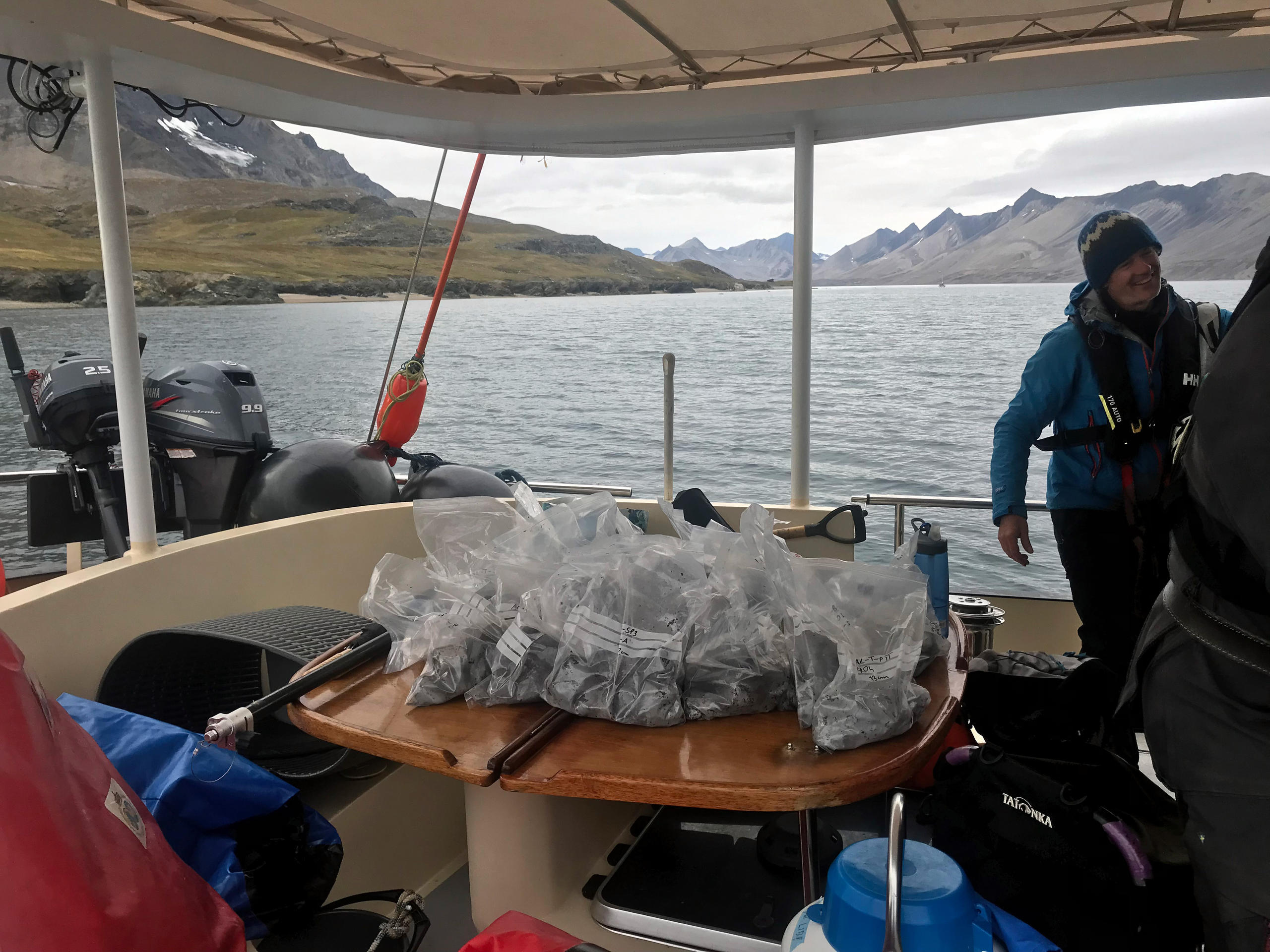
In the end we had to leave the samples behind, and Jana and a colleague who returned for around eight days to collect plant seeds later in the year retrieved them using the dry shipper (filled to the brim with liquid nitrogen) that luckily hung together just long enough for the journey back to Switzerland.
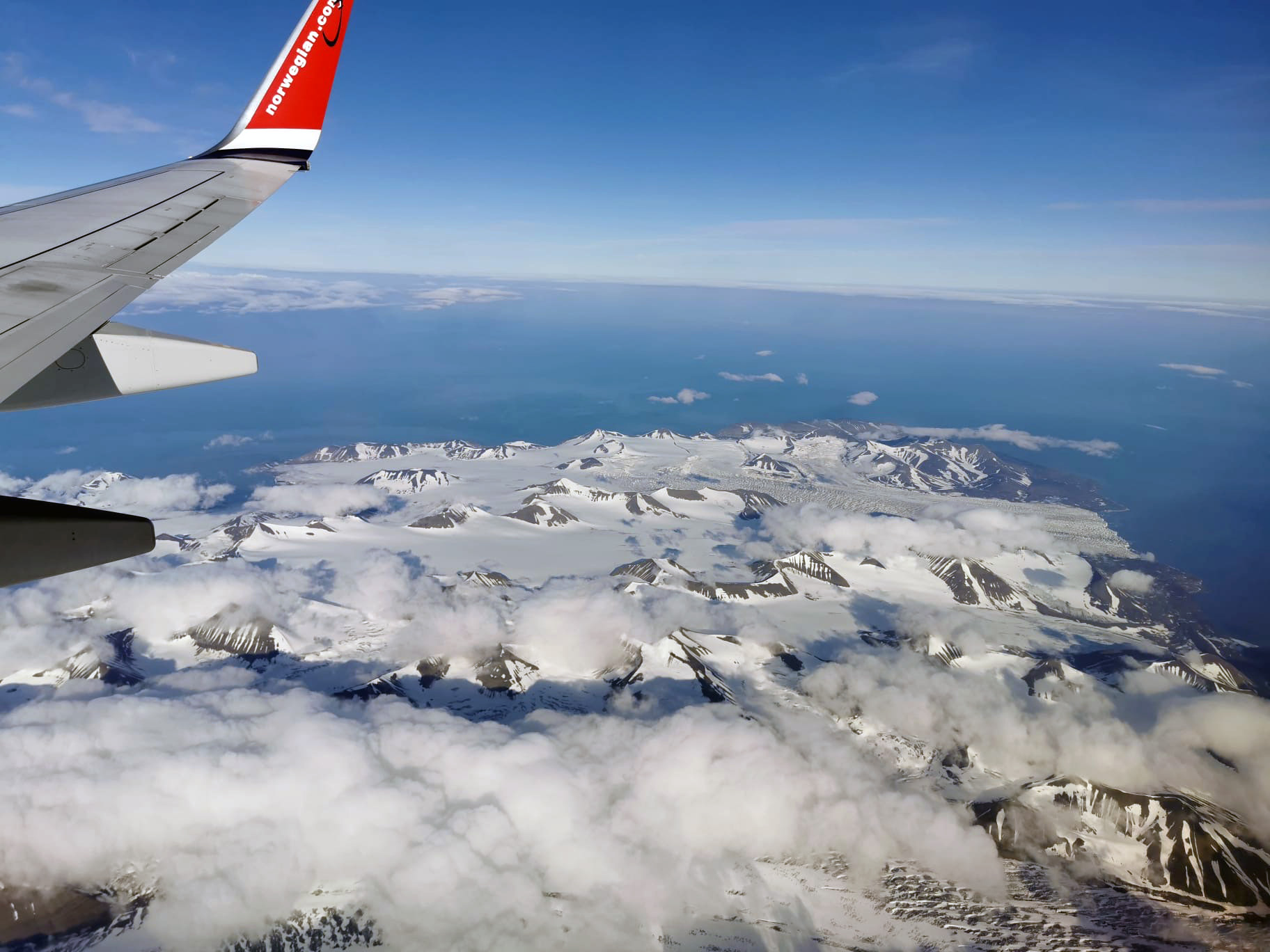
Getting all samples to safety (and sufficiently cold temperatures) inside a large freezer in the lab feels like a small feat of ingenuity for every field microbiologist going out in the field. Everyone has a story about the adventures they’ve been on just to make sure their samples stay sterile under challenging conditions. For us, lab freezers are cold – and loud – treasure chests we never take for granted.
Scroll down to read earlier entries from Lena, Sigrid and Jana. To receive future editions of this blog in your inbox, sign up for our science newsletter by putting your e-mail address in the field below.
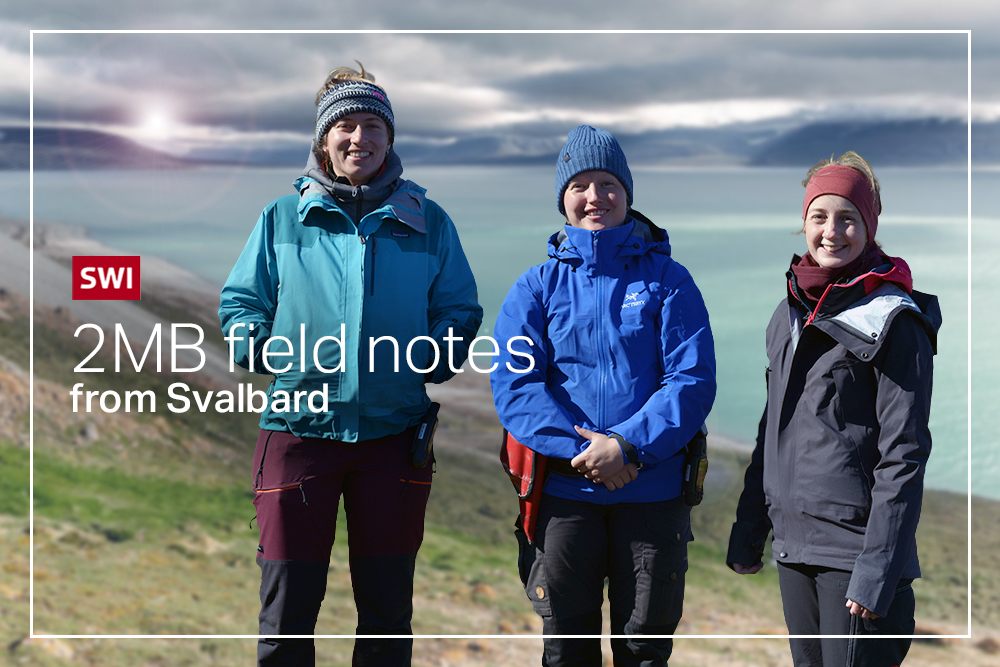
More
2MB field notes from Svalbard

More
Climate change, even in the remote Arctic?
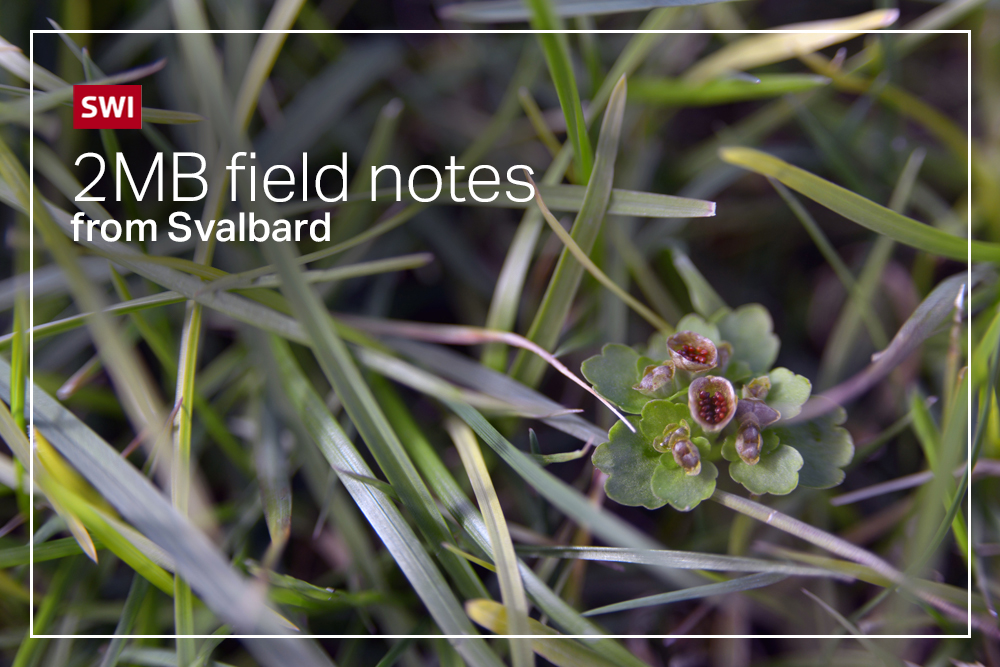
More
The links between human settlements and Arctic greening

More
Droppings of Arctic seabirds enrich the environment
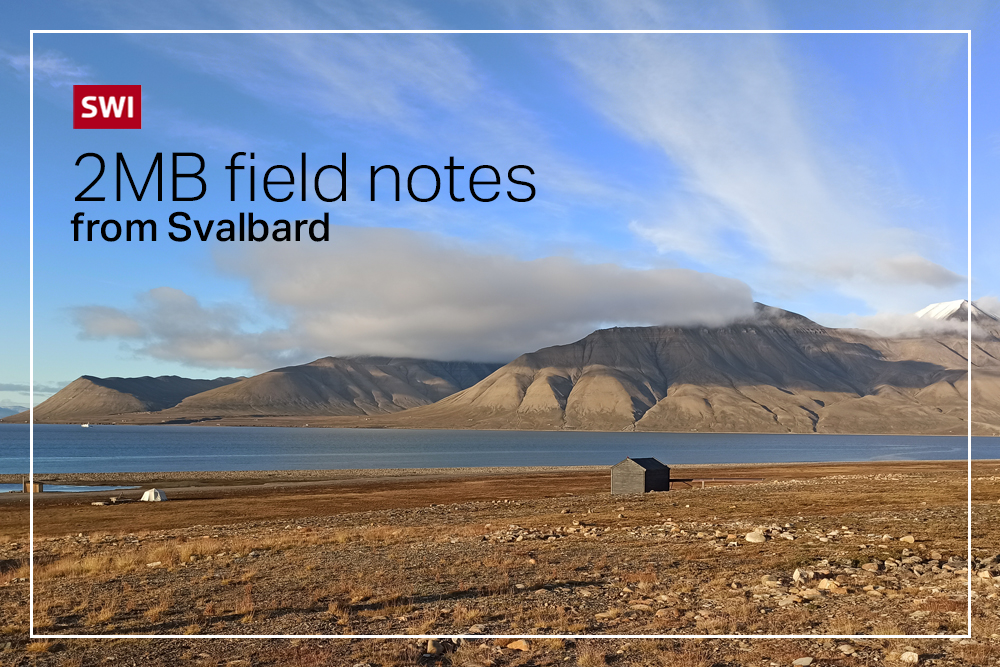
More
The challenges of research in treeless landscapes

More
First the plants, then their seeds

In compliance with the JTI standards
More: SWI swissinfo.ch certified by the Journalism Trust Initiative



























You can find an overview of ongoing debates with our journalists here . Please join us!
If you want to start a conversation about a topic raised in this article or want to report factual errors, email us at english@swissinfo.ch.